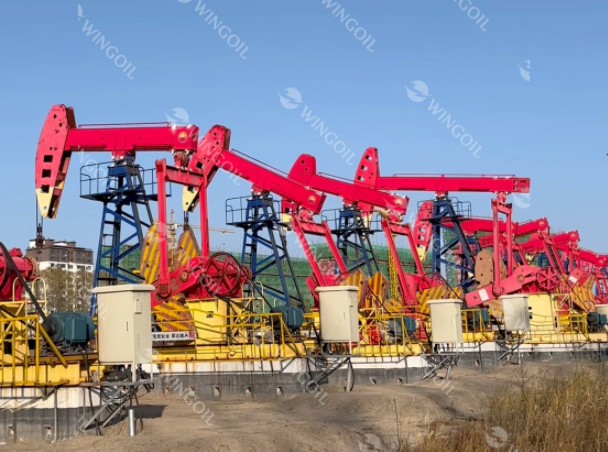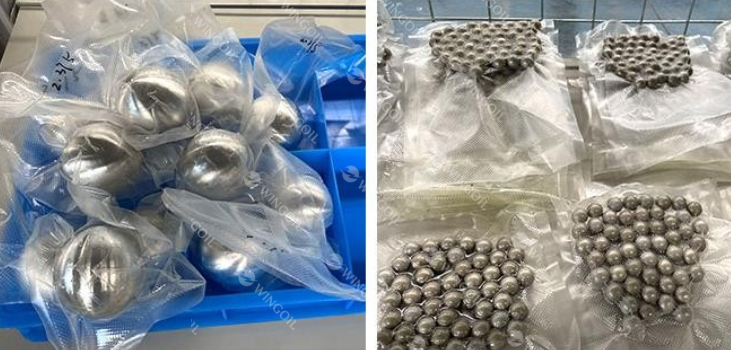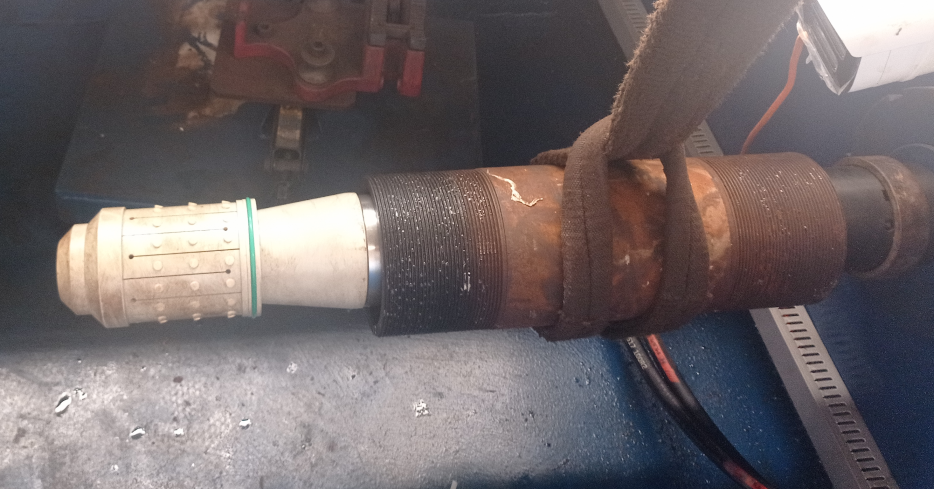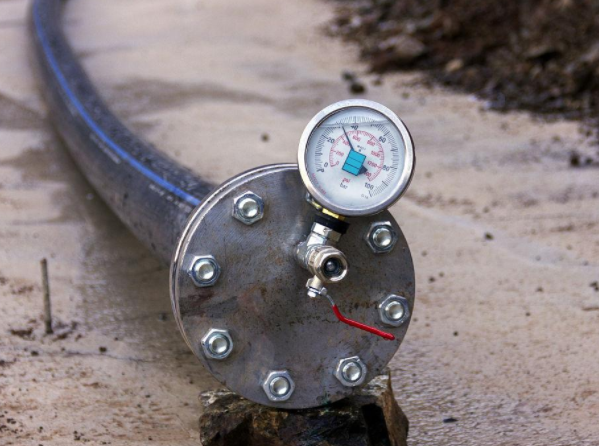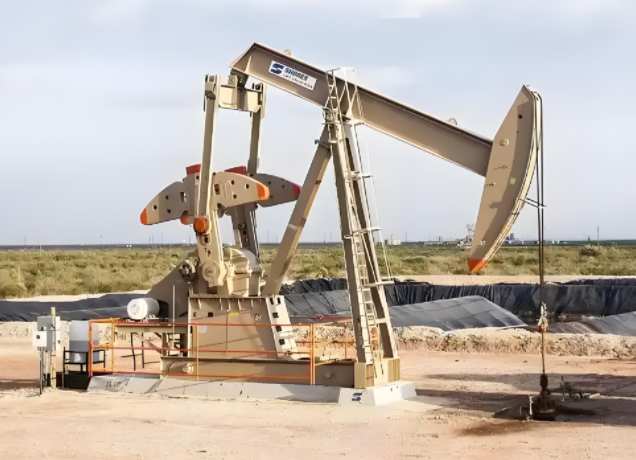Differences Between Dissolvable Frac Plugs And Disintegrating Frac Plugs
During hydraulic fracturing, both dissolvable frac plugs and disintegrating frac plugs are used to isolate specific parts of the wellbore during stimulation operations. However, they differ in how they are designed to disappear after the completion of the fracturing process. So this article will discuss the detailed differences between dissolvable frac plugs and disintegrating frac plugs hoping to help you guys to choose the correct frac plugs.
Understanding What Is the Frac Plug
During the fracturing process, it is necessary to isolate specific sections of the wellbore to ensure that the fracturing fluids are delivered only to the targeted zones. To achieve this, isolation tools such as frac plugs are inserted into the wellbore. Frac plugs are temporary barriers that are designed to withstand the pressure of the fracturing fluids and prevent them from flowing into undesired zones.
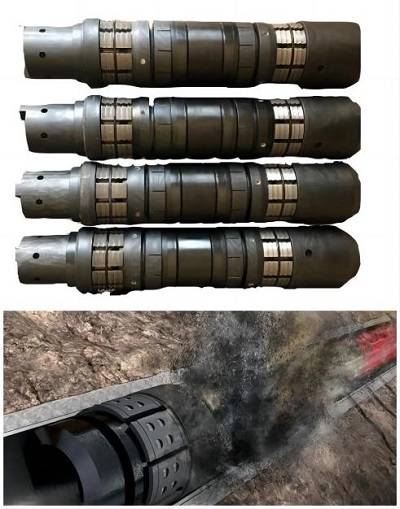
And frac plug has two main types: dissolvable frac plugs and disintegrating frac plugs. While both types of plugs serve the same purpose, they differ in their materials and mechanisms for disintegration.
What Is Dissolvable Frac Plug?
Dissolvable frac plugs are made of materials that are designed to dissolve in specific fluids or under certain conditions. These materials typically include magnesium, calcium carbonate, or other materials that are soluble in acids or brines commonly found in the wellbore. The dissolving process starts when the fluid in which the plug is immersed comes into contact with the plug material. The fluid gradually dissolves the plug, allowing it to break down and disperse, ultimately leaving no residue in the wellbore.
Advantages of Dissolvable Frac Plugs
Dissolvable frac plugs are often used in extended-reach or horizontal wells, where milling out traditional frac plugs can be challenging or expensive. Dissolvable frac plugs are preferred over traditional frac plugs because they can be designed to dissolve fully within a few hours to a few days, eliminating the need for milling and reducing the time and cost of well-completion operations.
One of the advantages of using dissolvable frac plugs is that they do not leave any debris in the wellbore. This is particularly important when drilling horizontal wells, as it can be challenging to remove debris from the wellbore, which can impede production and cause damage to the equipment. Dissolvable frac plugs also reduce the risk of damage to the wellbore, as there is no need to use mechanical tools to mill out the plugs.
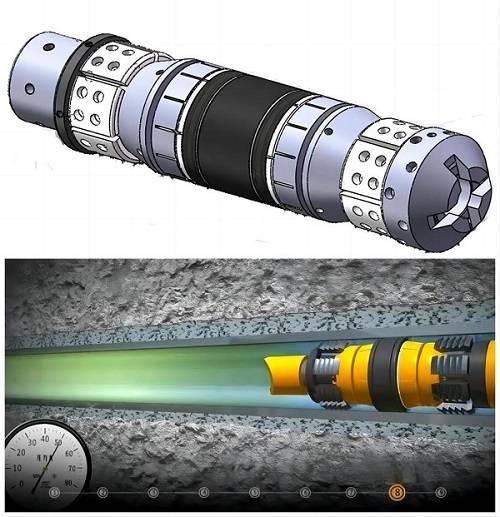
What Is Disintegrating Frac Plug?
Disintegrating frac plugs, on the other hand, are made of materials that break down into smaller particles instead of dissolving. These materials typically include composite materials or alloys that are designed to disintegrate into smaller pieces under specific conditions. The disintegration process is initiated when the plug is exposed to specific environmental conditions, such as pressure or temperature, and it gradually breaks down into smaller pieces.
Advantages of Disintegrating Frac Plugs
Disintegrating frac plugs can take anywhere from several hours to several days to fully disintegrate, depending on the design of the plug and the conditions in the wellbore. Unlike dissolvable plugs, disintegrating frac plugs leave behind small debris particles. While these particles can be a challenge to remove from the wellbore, they can provide additional proppant that can help support the fractures and improve well productivity. Disintegrating frac plugs are also generally less expensive than dissolvable frac plugs, making them a more cost-effective option in certain situations.
Selecting the Right Frac Plug
When selecting between dissolvable and disintegrating frac plugs, operators must consider several factors, including the wellbore conditions, the expected completion time, and the cost of the plugs. Dissolvable frac plugs are typically preferred for extended-reach or horizontal wells, while disintegrating frac plugs are often used in vertical wells or in wells with low completion times.
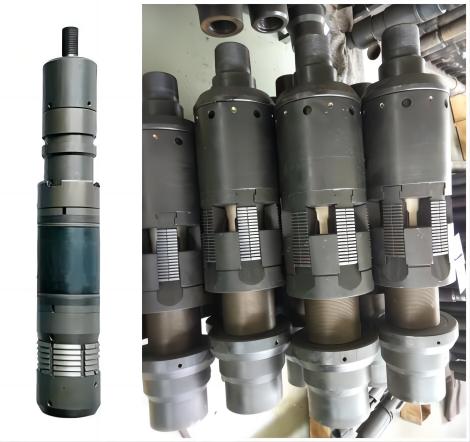
Conclusion
In conclusion, both dissolvable and disintegrating frac plugs serve an essential function in hydraulic fracturing operations by isolating specific sections of the wellbore during the fracturing process. Just because both types of these plugs play a key role in the fracturing process in the gas and oil industry, operators must carefully evaluate the good conditions and requirements to determine which type of plug is the best fit for their operation. With the continued development of new materials and technologies, the use of isolation tools in hydraulic fracturing will continue to evolve, driving improvements in good productivity, cost-effectiveness, and environmental sustainability.

